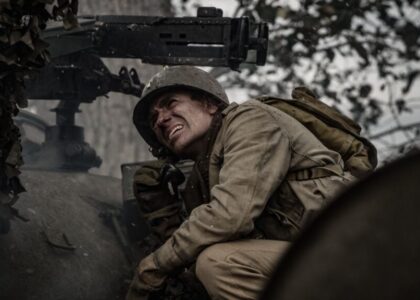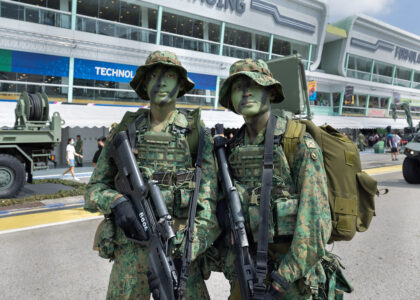Welcome to a remarkable chapter of American military history, right here at the intersection of innovation and tradition. This location marks a tribute to John C. Garand, a pivotal figure in the evolution of firearms, and his revolutionary creation, the M1 Garand rifle. Let’s delve into the fascinating story of how this iconic weapon came to be and the man behind it.
The story begins with John C. Garand himself, a Canadian-born firearms designer who moved to the United States and became a naturalized citizen. His passion for precision engineering and firearms led him to work at the Springfield Armory in Massachusetts. It was here, amidst the backdrop of the early 20th century’s technological advancements and the lessons learned from World War I, that Garand embarked on his most ambitious project.
The M1 Garand rifle was officially adopted by the United States Army in 1936, replacing the bolt-action M1903 Springfield rifle. This semi-automatic, gas-operated rifle was a game-changer for American infantry. It gave soldiers the ability to fire eight rounds without needing to reload manually, providing a significant advantage in combat situations. The M1 Garand became the workhorse of the U.S. military during World War II and the Korean War, earning the reputation as “the greatest battle implement ever devised,” a sentiment expressed by General George S. Patton.
John Garand’s contribution to military technology didn’t stop with the M1. His relentless pursuit of excellence and innovation made him a key figure in the broader context of firearm development. His work demonstrated the importance of precision engineering and adaptability in military equipment, influencing subsequent designs and setting a standard for future semi-automatic rifles.
Today, the M1 Garand is not only a cherished piece of military history but also a symbol of American ingenuity. It represents a period of rapid technological advancement and strategic innovation. As you reflect on the legacy of John C. Garand and the M1 rifle, consider the profound impact they had on the course of history and their enduring influence on modern military equipment.





